Events
Events / 12/02/2015 / 1823
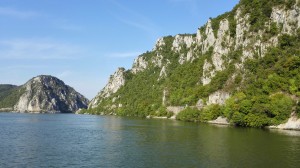
In the nineteenth century, Lord Byron travelled to the Balkans, got acquainted with people, customs and traditions of the Balkan peninsula and then relayed the Balkan stories to West Europeans. The Balkan peninsula has always been just a stone's throw from the western nations, yet so far away. The twentieth century was no different. Most countries (with the sole exception of Yugoslavia) were hidden behind the Iron Curtain. In such an environment, there were a few courageous individuals with the vision, curiosity and desire to discover new cultures who were ready to cross the borders. The first person that comes to my mind is Marcel Cellier, a Swiss organist and ethnomusicologist who toured Bulgaria and Romania with his wife, recorded pearls of traditional folk music, and then presented them in the west. Thanks to him, Romanian pan flute virtuoso Gheorghe Zamfir and Bulgarian choir "Le Mystere des Voix Bulgares' and Bulgarian polyphonic singing gained global popularity. If we talk about contemporary wine scene in the Balkans and elsewhere in Eastern Europe, certainly one of the biggest promoters of wines from the "New Old World" is Caroline Gilby MW. Thanks to her endeavours, numerous grape varieties that have been virtually unknown and impossible to pronounce have been introduced to West European wine connoisseurs.
For that reason, her Masterclass workshops always stir a lot of attention, as they always mean new wine discoveries, new flavours, varieties, wine regions...
On November 14th, 2015, as part of charity event Salonul Rovinhud in Timisoara (Romania), Caroline Gilby MW invited numerous wine audience to join her for the Danube wine adventure.
1. Morava 2014 - Despotika Winery (Serbia) - Morava's popularity has been growing rapidly in Serbia, so local wineries often choose to plant this variety in the vineyards nowadays. Jancis Robinson described Morava as a promising aromatic Serbian variety in her book Wine Grapes, the Bible of the wine world. The fact that Morava is becoming more common in Serbian vineyards is a proof that local winemakers share her opinion, so they're seriously considering sparkling Morava, orange Morava, late harvest... I am confident that Despotika Winery will show us the authentic renderings of Morava in the coming years. Simply, the year 2014 did not allow Morava to develop fully its aromatic complex. Somewhat subdued aromas on the nose, trace of herbal and spicy notes that fade gradually.In the mouth, the wine leaves a refreshing citrus trail: lime, lemon, grapefruit. Pleasant, refreshing acidity, well-balanced. Despotika is a new winery in Serbia, founded in 2010. Another indicator that Serbia, according to Caroline Gilby, is experiencing impressive growth in wine production mainly owing to young, passionate winemakers. Due to political situation in the country, Serbian winemakers were late launching the wine scene renaissance. For that reason, they are now like a guest who arrives late to the party and who is therefore in a hurry to make up for the lost time and uses every moment in the best possible way. That's why we should expect lots of exciting news from Serbia in the years to come.
2. Graševina 2014 - Iločki Podrumi (Croatia) - Graševina is the most common variety in Croatian vineyards. Officially, it is considered a Croatian variety, although we could consider it to the same extent as the variety from Fruška Gora as well given that boundaries where a variety is grown do not necessarily follow political borders of states (especially in the Balkans). Iločki Podrumi have about 350 hectares of vineyards planted with Graševina. Also, grapes are bought from subcontractors. In the glass, the wine simply captivates with its lush structure - full-bodied, dense, aromas of quince, apple, stone fruit complemented by citrus-like acidity which leads to pleasant bitterness in the finish.
3. Riesling 2012 - Château Belá (
7. Serendipity 2013 - Et Cetera (Moldova) - Moldova is probably in the worst position of all the countries of Eastern Europe. The wine industry has suffered a severe blow when Russia introduced economic sanctions against Moldova, which meant the loss of market which previously absorbed up to 85% of Moldovan wine exports. Currently, Moldova is implementing measures to regulate its wine sector and transform it in order to adapt to present situation on the global wine scene. Et Cetera Winery is a young winery from Moldova, which shows the potential of this country and gives an indication of what we can expect from Moldova in the future when it comes to wine. Varietal composition: Feteasca Neagra 70%, Cabernet Sauvignon 30%. We are better acquainted with Feteasca Neagra as a variety owing to Romanian wineries which invest great efforts to promote this variety abroad. However, it is very difficult to determine the typical style of Romanian Feteasca Neagra which ranges from concentrated jammy wines to fresh fruity elegant wines. According to Caroline Gilby, it might be the winning formula for Feteasca Neagra to be blended with other varieties, such as in this case with Cabernet Sauvignon. The result is a beautiful, concentrated wine full of black forest fruit aromas, licorice, spicy notes.
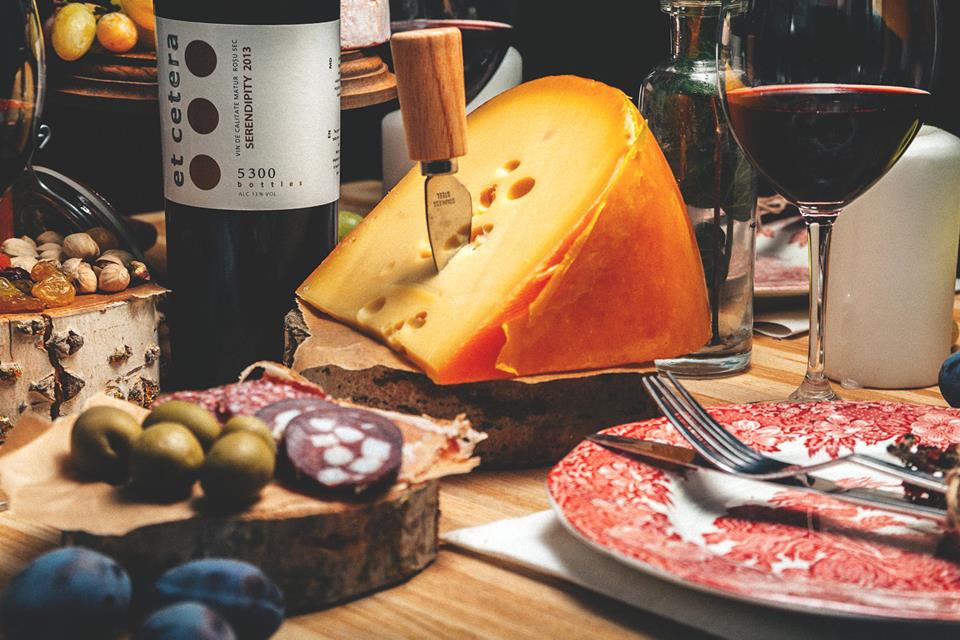 photo © Andrei Iurkovski
8. Negru de Drăgăşani 2013 - Vitis Metamorfosis (Romania) - At this year's Decanter, Caroline Gilby was the chair of the tasting panel who evaluated wines from the Czech Republic, Romania, Hungary and Slovenia. This year, the highest award for some Romanian wine was silver, and the wine awarded with silver was exactly this one. The variety Negru de Drăgăşani is a recent cross recognized in 1993. There are 16ha of vineyards planted with this variety in the whole of Romania. It's a wine that gives a lot of pleasure, with a distinct character.
9. Szamorodni 2010 - Bart Pince (Hungary) - In the end, Tokaj - exclusive region of Eastern Europe. Vintage 2010 was not one of those memorable ones, but this wine from Bart Winery can attribute its high quality mainly to the micro-location, because the vineyard of Furmint is located on Király hillside (historical plot Öreg Király). A genuine whirl of aromas of quince, dried apricot, acacia honey leading to infinite finish...
photo © Andrei Iurkovski
8. Negru de Drăgăşani 2013 - Vitis Metamorfosis (Romania) - At this year's Decanter, Caroline Gilby was the chair of the tasting panel who evaluated wines from the Czech Republic, Romania, Hungary and Slovenia. This year, the highest award for some Romanian wine was silver, and the wine awarded with silver was exactly this one. The variety Negru de Drăgăşani is a recent cross recognized in 1993. There are 16ha of vineyards planted with this variety in the whole of Romania. It's a wine that gives a lot of pleasure, with a distinct character.
9. Szamorodni 2010 - Bart Pince (Hungary) - In the end, Tokaj - exclusive region of Eastern Europe. Vintage 2010 was not one of those memorable ones, but this wine from Bart Winery can attribute its high quality mainly to the micro-location, because the vineyard of Furmint is located on Király hillside (historical plot Öreg Király). A genuine whirl of aromas of quince, dried apricot, acacia honey leading to infinite finish...

Tomislav Ivanović
Awarded wine writer, wine critic and contributor to selected wine magazines. WSET3-certified author and editor-in-chief of www.vinopedia.rs. Member of Vojvodina Sommelier Association. Juror in national and international wine competitions. Lecturing about wines of Serbia and the Balkans. Local partner of Wine Mosaic organization. Co-founder of International Prokupac Day.

Pročitajte i druge članke iz ove rubrike:
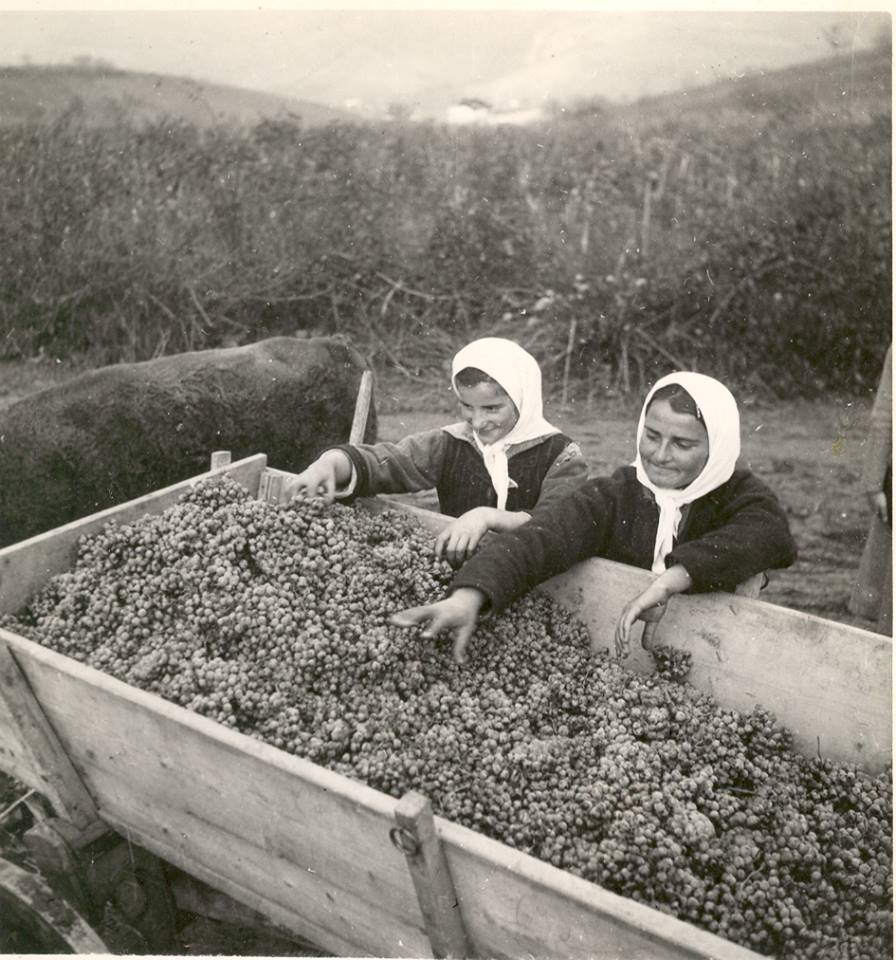

ŽUPSKI KARAVAN PROKUPCA 2024
PROČITAJ VIŠE
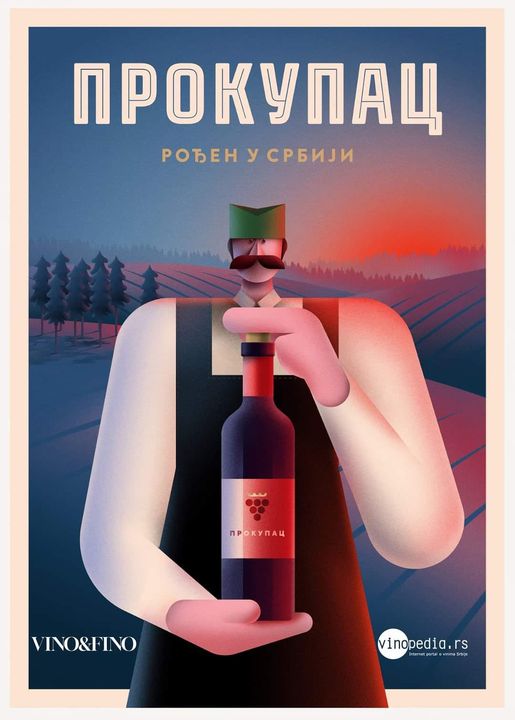

PROKUPCI IZ SVIH REJONA, UJEDINITE SE!
PROČITAJ VIŠE
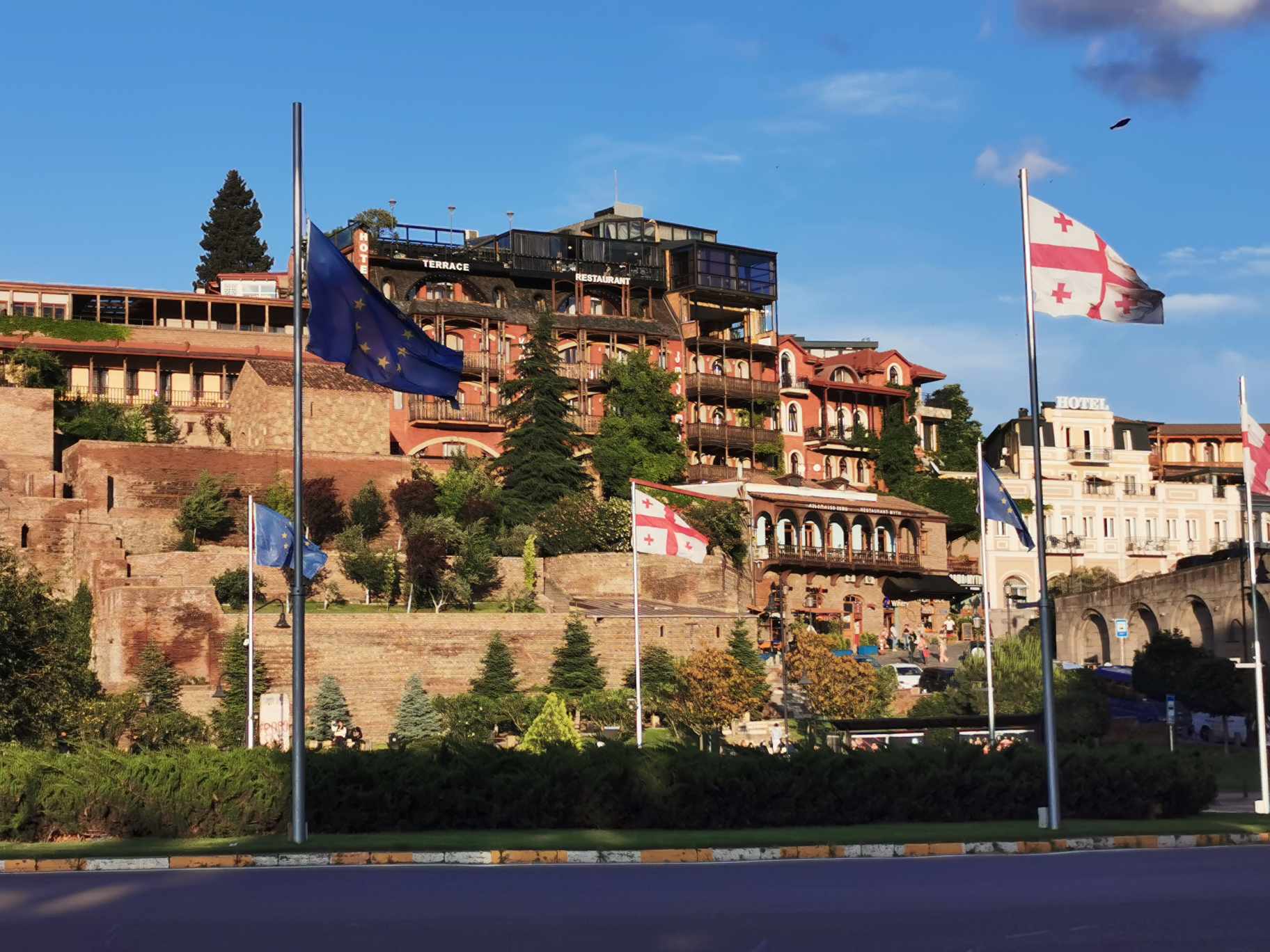

MARNAVELI VINARIJA - U GRUZIJSKOJ KOLEVCI VINA
PROČITAJ VIŠE
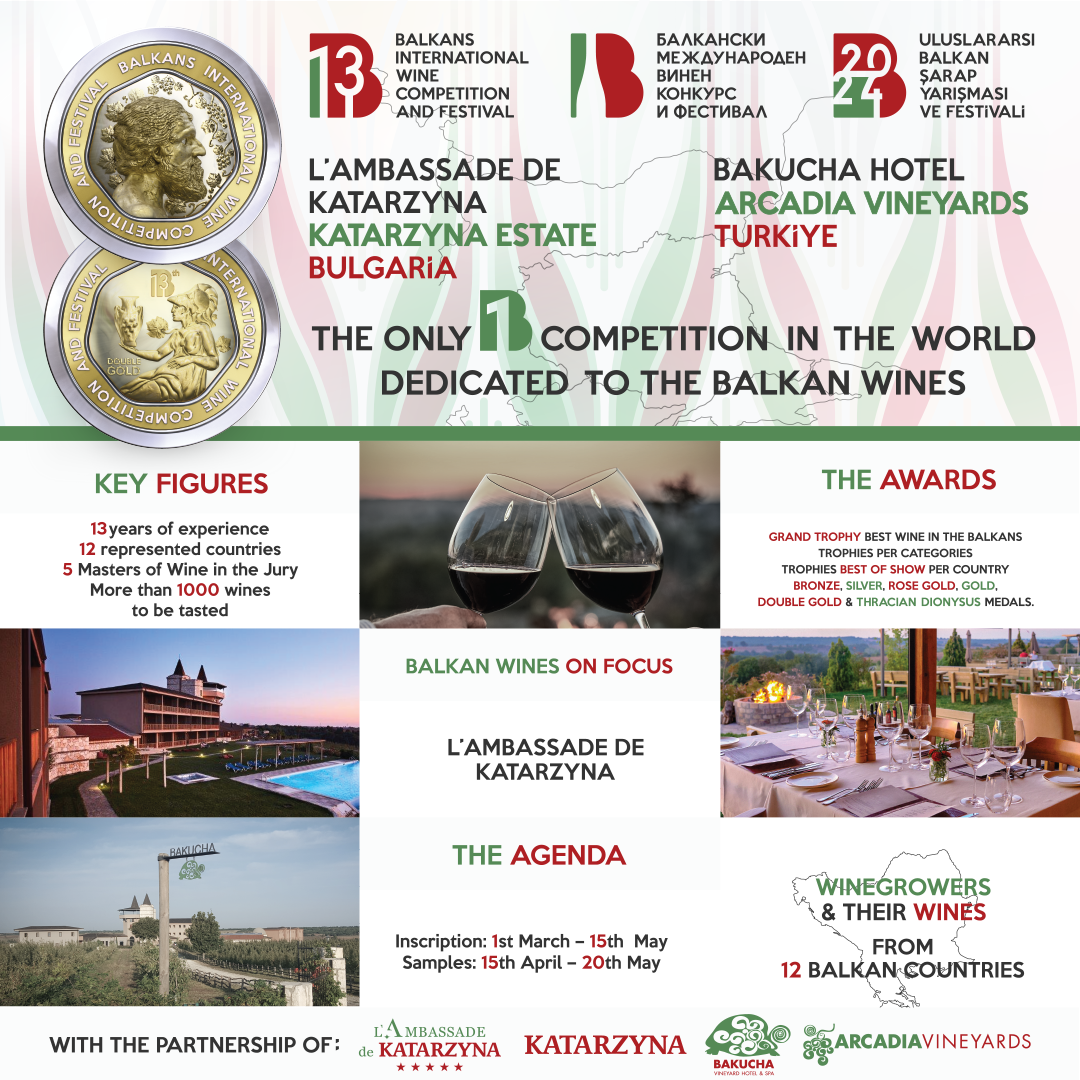

REKORDNI BROJ UZORAKA NA VINSKOM TAKMIČENJU BIWC 2024
PROČITAJ VIŠE
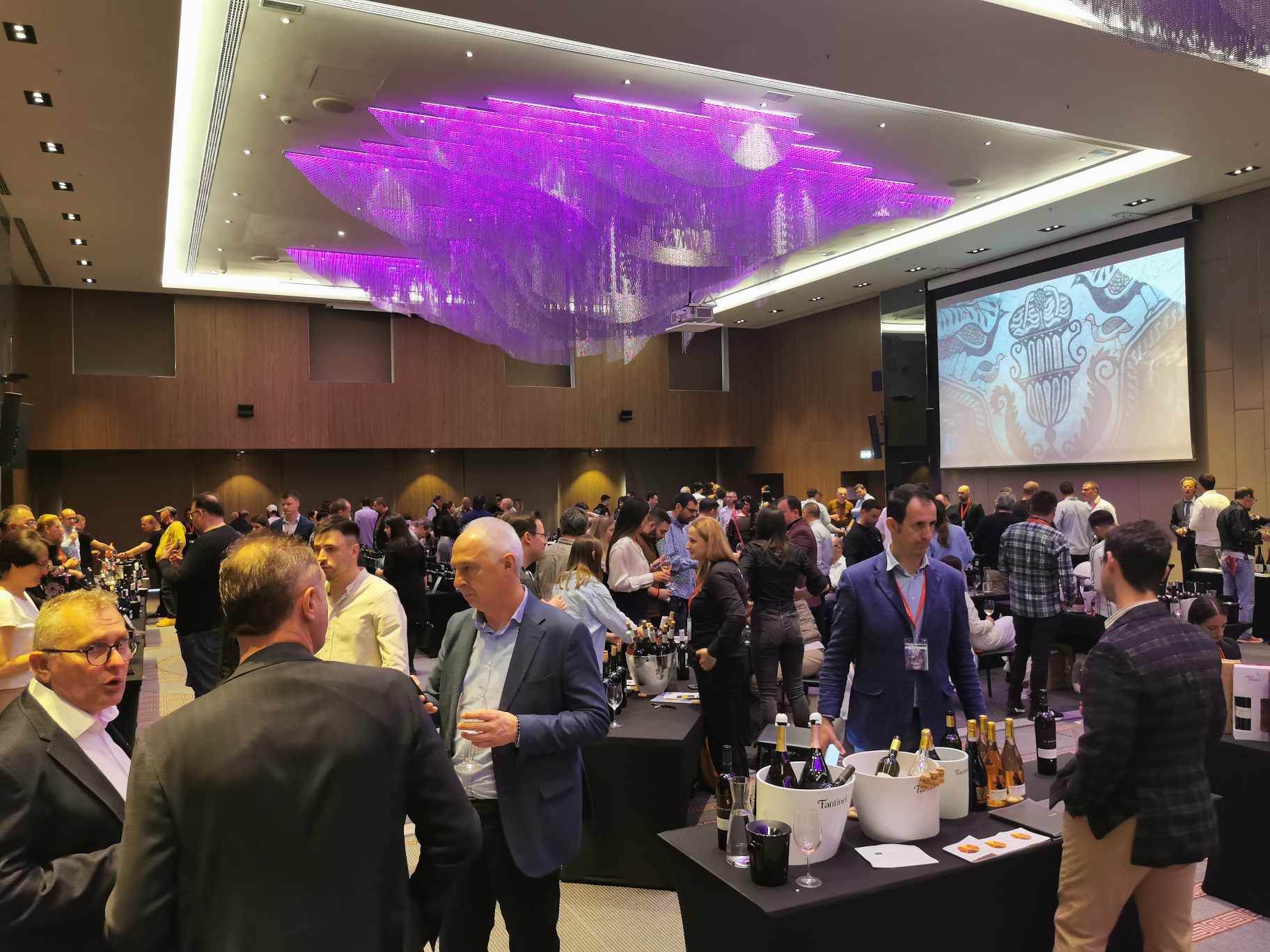

GRAND VIN 2024 - MAKEDONSKI DAVID UZ GOLIJATA
PROČITAJ VIŠE
Winner MILLESIMA BLOG AWARD 2016

Pobednik MILLESIMA BLOG AWARD 2016
VINO & FINO wine personality of the year 2016

VINO & FINO vinska ličnost godine 2016